Knowing about the Types of Kale will help you to pick the best one of the healthiest leafy green vegetables to grow in your garden!
Kale is a powerhouse of essential nutrients and growing it in your garden is a great way to have its benefits in fresh and organic manner! Here are some of the best Types of Kale you can grow!
Check out our article on growing Kale in pots here
Best Types of Kale
1. Curly Kale
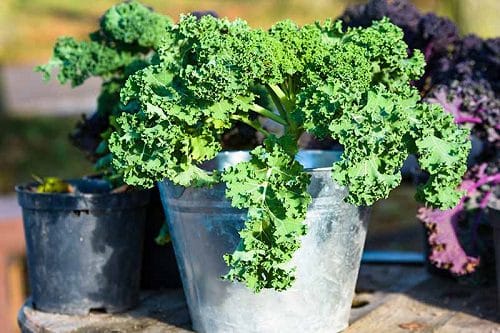
Botanical name: Brassica oleracea var. sabellica
Curly kale is the most common type available with bright-green and curly leaves. It has a peppery, cabbage like-flavor that can become quite bitter when overcooked.
Growing Tips
Plant it during cold with full sun and keep the soil moist.
2. Lacinato Kale
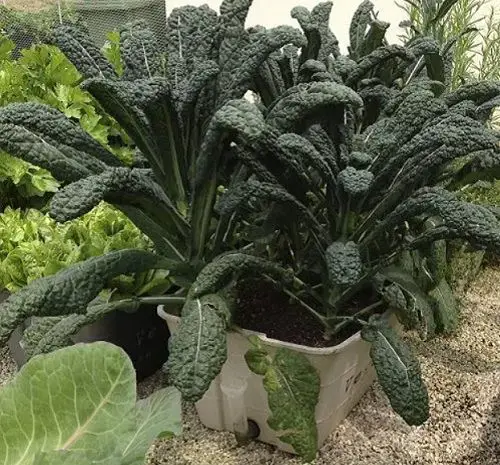
Botanical name: Brassica oleracea ‘Lacinato.’
3. Chinese Kale / Gai Lan

Botanical name: Brassica oleracea var. alboglabra
Often used as a substitute for broccoli, it has flat leaves and also has a small flower. It even tastes like broccoli and is perfect when consumed cooked.
Growing Tips
It requires minimal care and does well in well-draining soil and cold temperatures.
4. Redbor Kale / Purple Kale
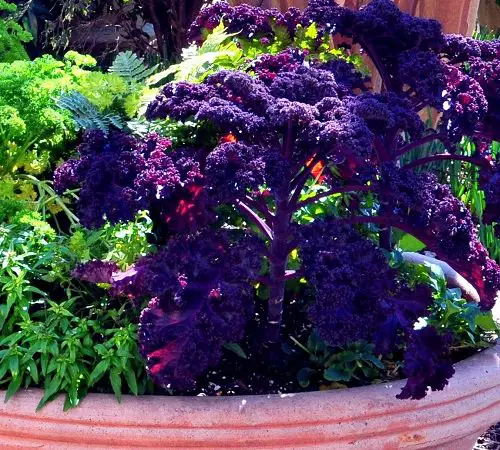
Botanical name: Brassica oleracea ‘Redbore’
5. Scarlet Kale
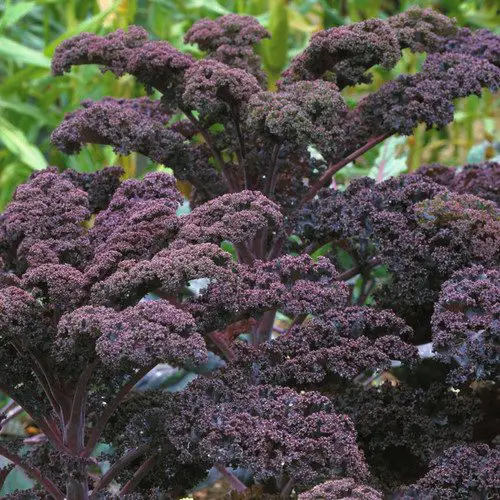
Botanical name: Brassica oleracea ‘Scarlet’
Scarlet Kale has a reddish-purple color with frilled, curly leaves. It is one of the sweetest kales with a hint of peppery taste and mostly consumed raw.
Growing Tips
Keep the soil rich with organic nutrients. It is resistant to cold weather.
6. Tronchuda Kale
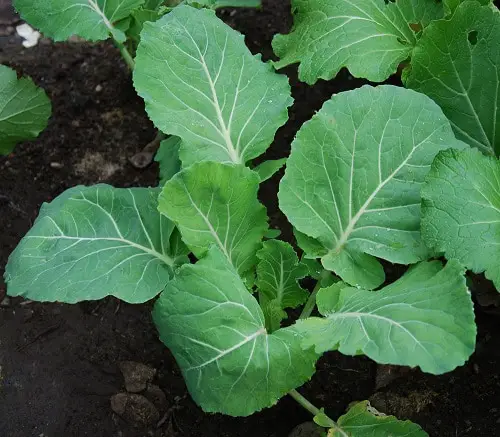
Botanical name: Brassica oleracea var. tronchuda
It has soft and thick, blue-green leaves having a taste similar to mild cabbage, which makes it ideal for juices. It is also one of the easiest kales to grow and germinate.
Growing Tips
A quite adaptable plant and does well in both cold and hot climates.
7. Red Russian Kale
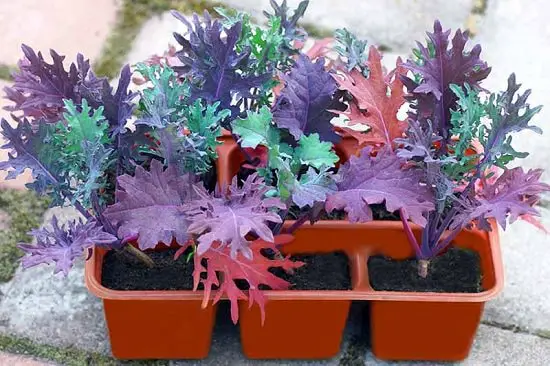
Botanical name: Brassica oleracea var, vindis
The red stems have light green, soft and wide-toothed leaves that turn dark-green when cooked. Goes best with salads and has a high calcium and Vitamin C content.
Growing Tips
Easy to grow and highly resistant to diseases and pests
8. Siberian Kale
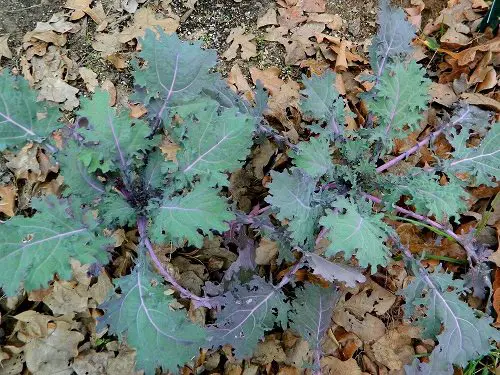
Botanical name: Brassica napus ‘Siberian’

Botanical name: Brassica ‘Vates Blue Curled’
Features extremely curly and dark green leaves that are not only delicious but also rich in vitamin A, calcium, and dietary fiber.
Growing Tips
Great for containers and slow to bolt.
10. Walking Stick Kale
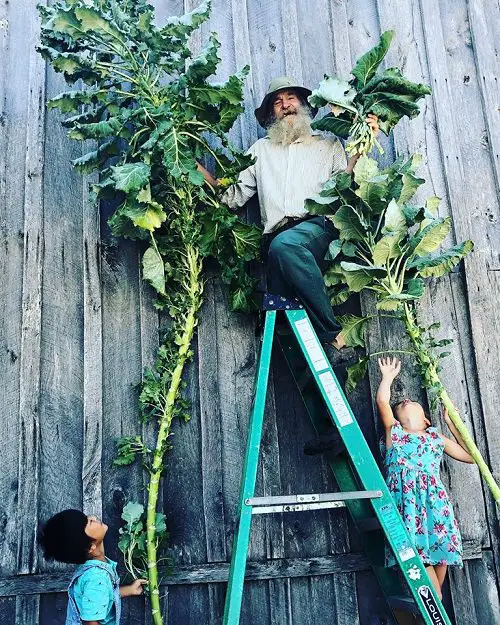
Botanical name: Brassica oleracea var. longata
This plant can grow as long as six feet, and its stem can be used as a walking stick after drying and laminating correctly. Its leaves are edible and taste very delicious.
Growing Tips
This plant requires well-draining soil. Look out of caterpillars and other insects.
11. Ornamental Kale
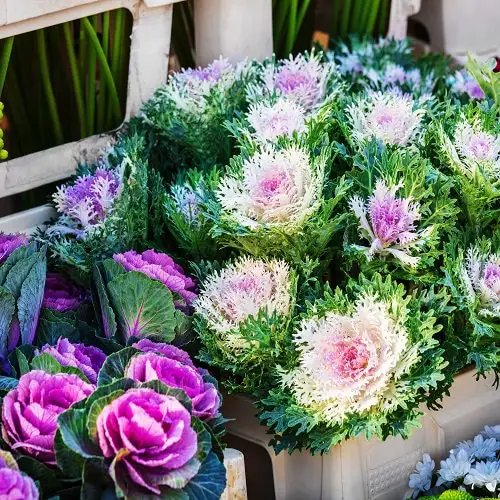
Botanical name: Brassica oleracea var. acephata
Not only for its uses in salads, but you can also grow it for the sheer beauty it comes with. The large rosettes in the shades of pink, red, purple, or white leaves look truly spectacular.
Growing Tips
Grows best in Spring or Fall. Keep the soil moist.



How many days do tronchuda kales take to mature